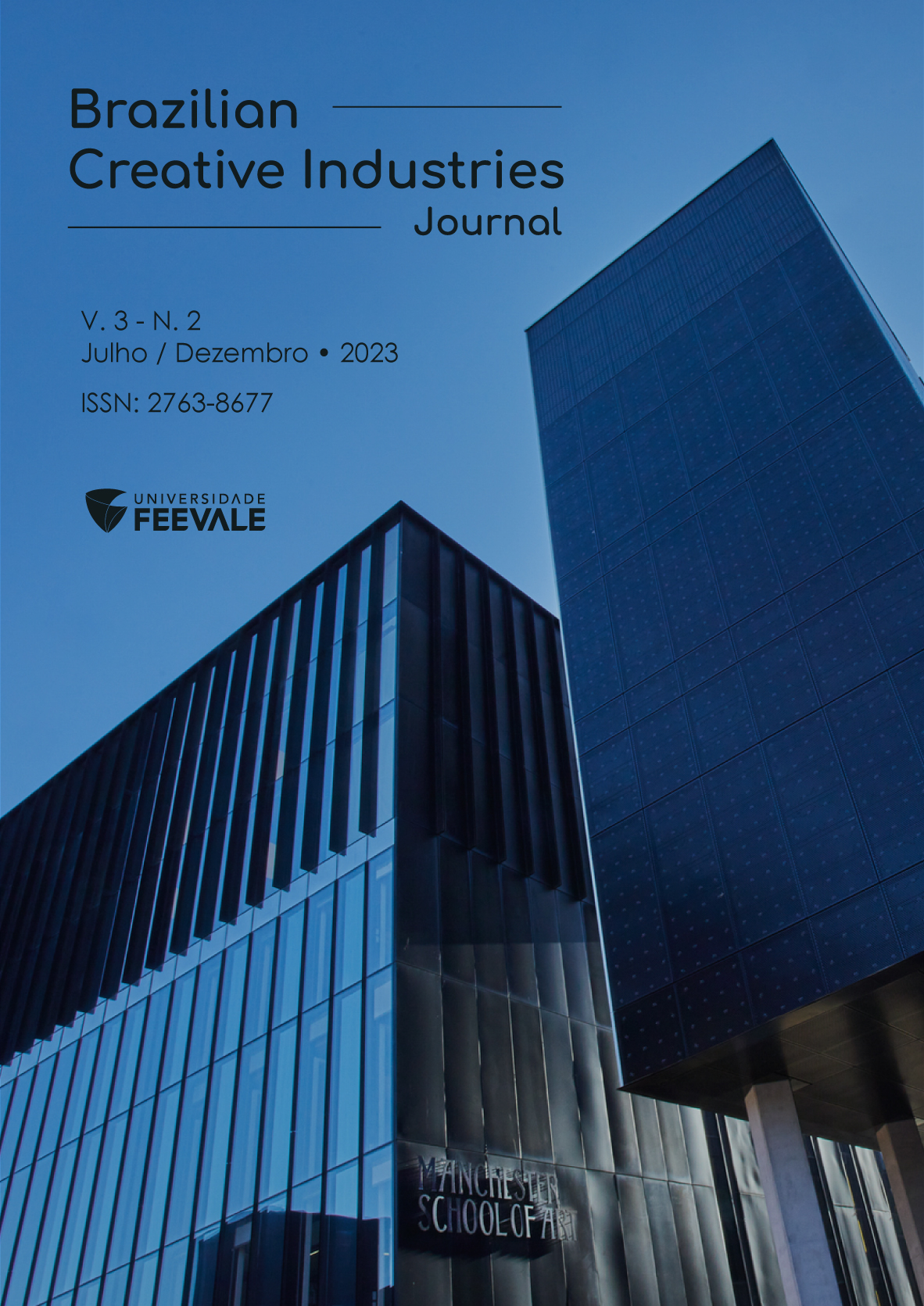TEACHING DIGITAL IDENTITY: OPPORTUNITIES, CHALLENGES, AND ETHICAL CONSIDERATIONS FOR AVATAR CREATION IN EDUCATIONAL SETTINGS
DOI:
https://doi.org/10.25112/bcij.v3i2.3538Resumo
This article serves intends to serve as a guide aimed at both educators and students, focusing on the rapidly evolving field of avatar creation within creative practices. As tools driven by artificial intelligence (AI) democratise the digital realm, we see a surge in the presence of virtual influencers and V-Tubers who use avatars for a myriad of applications. This unfolding landscape offers significant opportunities for personal and artistic expression but also poses ethical challenges and risks that demand careful consideration.
Looking towards opportunities brought by advancements in synthetic media, such as easier access, diversity of representation, collaborative possibilities, and heightened realism in avatar creation. Alongside opportunities, the paper investigates ethical questions related to deepfakes, cultural sensitivities, and the need for stringent data privacy measures.
Within the scope of this article, synthetic media is understood as computer-generated content that allows individuals to create and adapt media overcoming specialised skills or training required by earlier generations of media producers.
The objective of this article is two-fold: to equip educators and their students with actionable knowledge and best practices, and to guide them in harnessing synthetic media's positive potential responsibly. Through education we aim to foster a digital environment that is safer, more inclusive, and ethically sound for future generations. It also outlines best practices for ethical avatar creation, focusing on transparency, data privacy, diversity, fairness, quality, and responsibility. By adhering to these guidelines, we may navigate complexities of this emerging field while minimising its potential negative impacts on society.
Downloads
Publicado
Como Citar
Licença
Copyright (c) 2023 Alasdair Swenson

Este trabalho está licenciado sob uma licença Creative Commons Attribution 4.0 International License.


